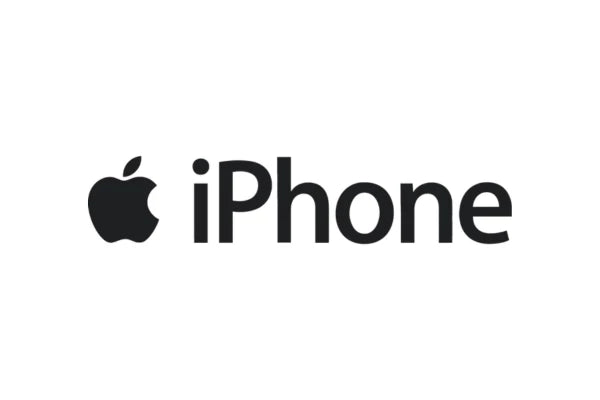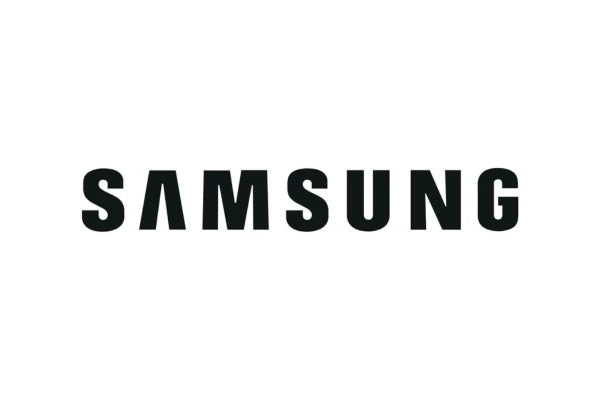
Cashify vs. Traditional Refurbishers vs. DIY: Making the Right Choice for Your Pre-Owned Mobile Phone (iPhone, Samsung, OnePlus)
Share
When it comes to giving a pre-owned mobile phone (whether it's an iPhone, Samsung, or OnePlus) a new lease on life, consumers have several options: selling or trading it in to platforms like Cashify, going through traditional refurbishers, or even attempting a do-it-yourself (DIY) approach. Easyphone breaks down the pros and cons of each method to help you make the right choice for your device and your needs.
Option 1: Selling or Trading to Platforms like Cashify:
How it Works: Platforms like Cashify offer a streamlined process for selling your old mobile phone. You typically provide details about your device's model, condition, and functionality through their website or app, receive an instant quote, and then arrange for pickup or drop-off. Cashify then handles the refurbishment process and sells the device to a new user.
Pros:
- Convenience: Cashify offers a hassle-free way to get rid of your old phone without the complexities of selling it privately.
- Speed: The process from quote to payment is usually relatively quick.
- Security: Cashify handles data wiping, ensuring your personal information is secure.
- Potential for Fair Value: Depending on the model and condition, you can often get a reasonable price for your used phone.
Cons:
- Potentially Lower Return: You might receive less money compared to selling directly to another individual, as Cashify needs to factor in their refurbishment costs and profit margin.
- Limited Control: You have no say in the refurbishment process or who eventually buys your phone.
Option 2: Going Through Traditional Refurbishers:
How it Works: Traditional refurbishers are companies that specialize in buying used electronics, repairing and restoring them to working order, and then selling them directly to consumers. These can be online retailers or brick-and-mortar stores.
Pros:
- Potential for Better Deals (as a Buyer): When buying a refurbished phone from a reputable refurbisher, you can often find good deals with warranties.
- Quality Assurance: Reputable refurbishers have testing and repair processes in place to ensure the functionality of the devices they sell.
- Warranty and Return Policies: Many traditional refurbishers offer warranties and return policies, providing buyer protection.
Cons (as a Seller):
- More Effort to Sell: Selling your phone to a refurbisher might involve more research to find a reputable buyer and potentially negotiating a price.
- Variable Pricing: The prices offered by different refurbishers can vary significantly.
Cons (as a Buyer):
- Quality Can Vary: The quality of refurbishment can differ between different companies. It's crucial to choose a reputable seller.
- Cosmetic Condition: The cosmetic condition of refurbished phones can vary depending on the grading system used by the refurbisher.
Option 3: The DIY (Do-It-Yourself) Approach:
How it Works: This involves attempting to repair and restore your old mobile phone yourself, either to continue using it or to sell it privately. This might involve replacing the battery, screen, or other faulty components.
Pros:
- Potential for Maximum Savings (if repairing for personal use): If you're technically skilled and can source parts affordably, DIY repair can save you money in the long run.
- Greater Control: You have complete control over the repair process and the quality of the parts used.
- Potential for Higher Profit (if selling privately): If you successfully refurbish your phone, you might be able to sell it for a higher price than trading it in.
Cons:
- High Risk of Further Damage: If you're not experienced, you could easily cause more damage to your phone during the repair process, rendering it unusable.
- Time-Consuming: DIY repairs can be time-consuming and require patience and technical skills.
- Cost of Parts: Sourcing genuine or high-quality replacement parts can be expensive.
- No Warranty: If you repair your phone yourself, you won't have any warranty.
- Data Security Risks (if selling): You are solely responsible for ensuring your data is completely wiped before selling.
Making the Right Choice for You:
The best option depends on your individual circumstances and priorities:
- For Maximum Convenience and Speed (Selling): Cashify and similar platforms are excellent choices for quickly and easily getting rid of your old phone.
- For Potentially Better Value and Warranty (Buying): Reputable traditional refurbishers offer a good balance of price, quality, and buyer protection. Research sellers carefully.
- For Technical Individuals Seeking Maximum Savings or Profit (Repairing/Selling): The DIY approach can be rewarding but carries significant risks and requires technical expertise.
Considering the Environmental Impact:
Regardless of the method you choose, giving your old mobile phone a second life is a more sustainable option than simply discarding it. Platforms like Cashify and reputable refurbishers contribute to this circular economy by ensuring that functional devices find new users, reducing electronic waste.
Easyphone encourages you to consider all your options when dealing with your pre-owned mobile phone. By making informed decisions, you can maximize its value, meet your individual needs, and contribute to a more sustainable tech ecosystem.



